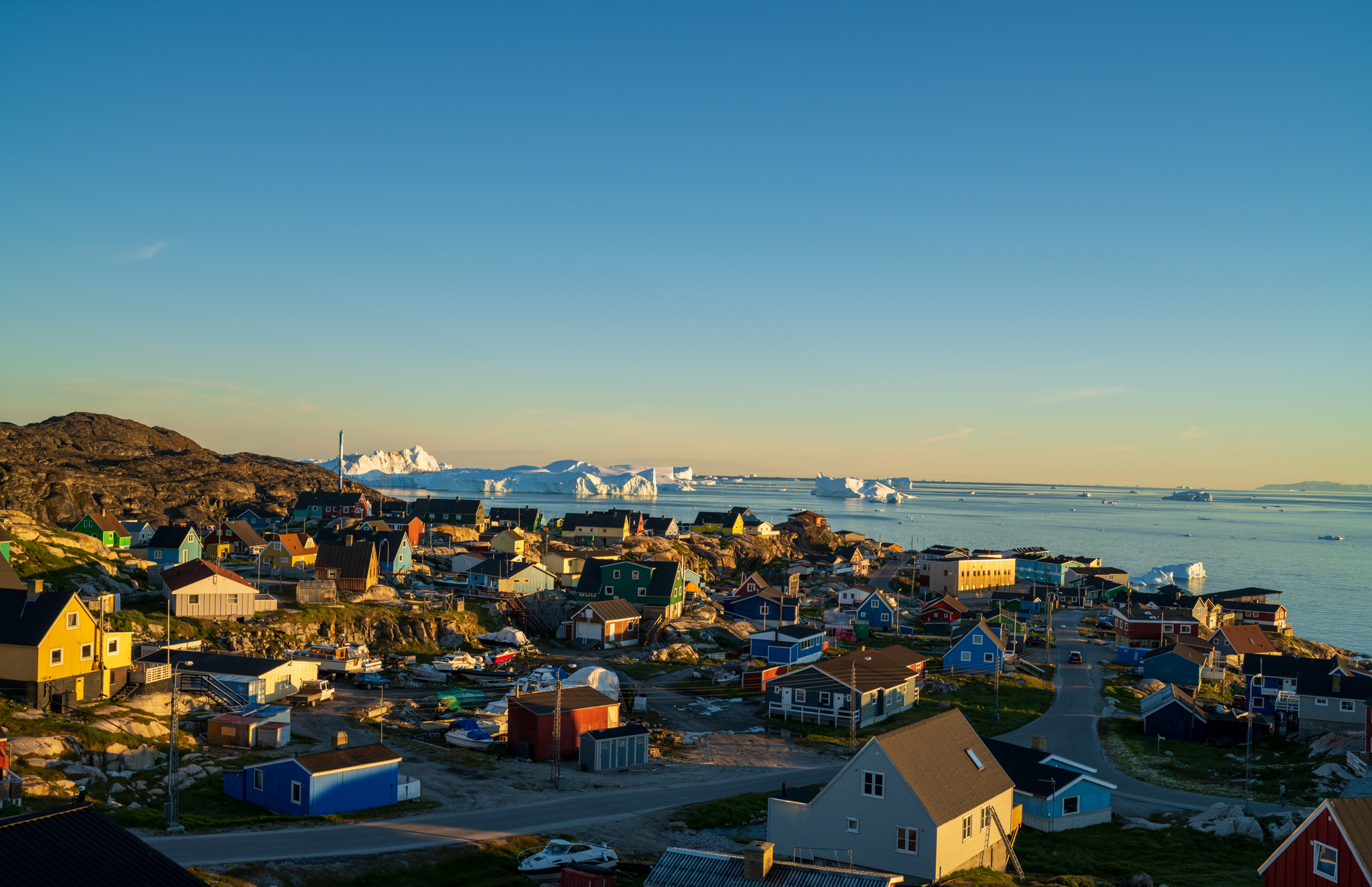Video courtesy of Geological Survey of Denmark and Greenland.
A new study has pushed back the time frame for when toxins from an abandoned U.S. base in Greenland’s ice are expected to emerge.
Camp Century—an experimental U.S. Cold War military base—was fully abandoned in 1967, just a few years after it was built into the soft upper layer of Greenland’s ice sheet in 1959. Left behind with the base’s metal infrastructure were toxins including water contaminated with relatively low levels of radiation, gray water and sewage, and PCBs. Military planners and engineers chose the site because their measurements in the 1950s indicated that no melting occurred at this specific location in the ice sheet. They assumed that it would remain locked in relative stasis in the ice for the foreseeable future, perhaps forever.
Recent improvements in scientific understandings of Greenland’s ice sheet, including especially the accelerating impact of climate change, have however undermined this assumption. A 2016 paper predicted that the base would continue to recede beneath snow and ice from a maximum depth of 40 meters in 1960 to a maximum depth of about 70 meters in 2090. The camp and its wastes would not be exposed at the surface for upwards of another half century past 2090. The authors postulated though that meltwater could infiltrate the site, thus carrying toxins towards the ocean in waterways hidden within the ice, many decades before the remnants of the base emerged. This was reported on widely and has remained the accepted account until now (for instance here and here).
A new study (March, 2021) conducted by a Danish team led by Baptiste Vandecrux however has revised this scenario. Despite overall melting and mass loss of Greenland’s ice sheet meeting the worst case predictions of scientists in recent years, the team has concluded that it is highly unlikely that any of Camp Century’s toxins will leach out of its icy depths until past 2100 even in worst case scenarios. This is based on two new findings: first, more detailed climate data from the Camp Century site shows that the melting season in the immediate area is shorter and cooler than previously thought; second, meltwater is now not expected to percolate more than 1.1 meters into the ice sheet within that time frame, far above any of the base’s pollutants. The team thus concludes that “it is therefore extremely unlikely that meltwater interacts with military waste within this century.”






